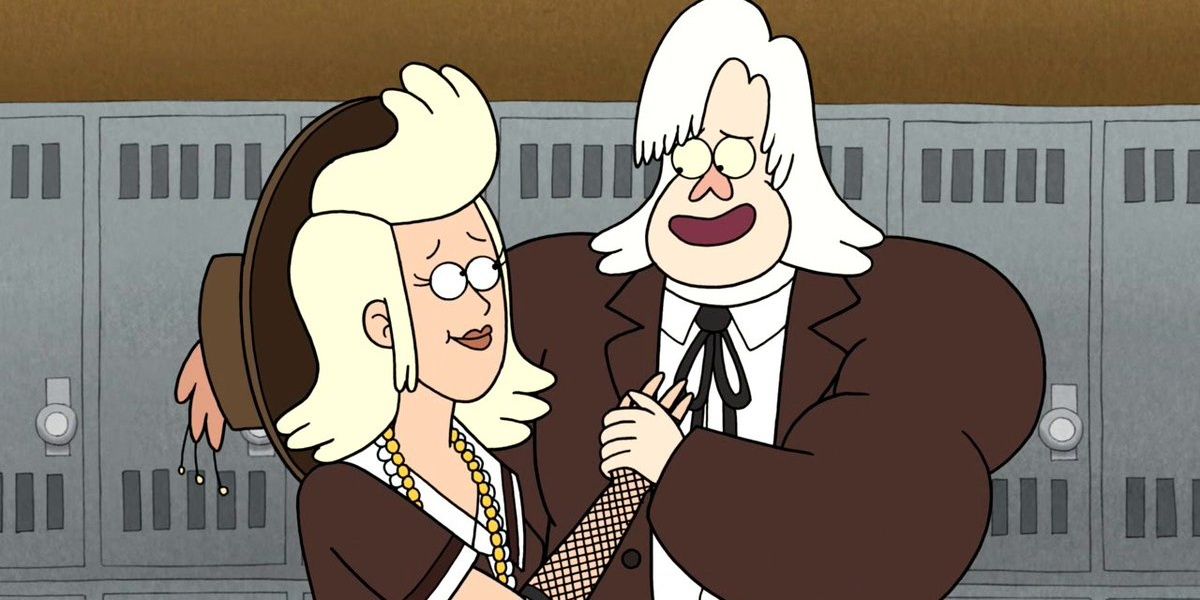
In that sense, all of Haynes’s previous films can feel like a warm-up to Velvet Underground.
TXD TOOL APK 2019 CODE
Not because details were hidden, or masked in some kind of code you’ve now deciphered, but because, in Haynes’s pictures, life is plainly that shaded, language is by nature always incomplete and cryptic, and a story well made, playing out in the imagination of the viewer, is never really over.

You can go back to his movies years after first seeing them and feel as though you’ve never seen them before, because you notice so much you didn’t see the first time. His eye is so drawn to detail, and his direction so open, that in his strongest work you can’t see everything on the screen at once: not in the New Age healing drama Safe (1995) the drama of postwar racism and homophobia in the suburbs, Far from Heaven (2002) (as one writer put it, even the leaves on the trees look as if they’re from the Fifties) I’m Not There (2007), in which fictionalized portraits of Bob Dylan are played by six or seven different actors, including an African-American boy and one or two women, depending on how you see it and, most entrancingly, not in Wonderstruck (2017), in which an entire narrative sequence is (to save money? Just for fun? To make an argument about storytelling?) animated in miniature and enacted by figurines, and so vividly you barely notice they’re not actors.
TXD TOOL APK 2019 MOVIE
From the start, in 1987, with Superstar: The Karen Carpenter Story, the notoriously and, less often noted, overwhelmingly moving film staged and acted out solely with Barbie dolls, he celebrated the fact that a real movie could be made out of anything.
TXD TOOL APK 2019 HOW TO
He thinks in movies-not in terms of knowing everything in the history of the movies and how to put it to use, but as a way of seeing, and transforming, the world. And the cinema is Nicholas Ray.” With a little absolutism scraped off, and without excluding anybody else, the same could be said of Todd Haynes. Jean-Luc Godard, in his review of Bitter Victory in Cahiers du cinéma, January 1958: “There was theater (Griffith), poetry (Murnau), painting (Rossellini), dance (Eisenstein), music (Renoir). I was interested in communicating to people who were on the outside.” Friends of mine, things they had seen, things I had seen, or heard. As framed on the screen, the lyric sheet looks more like a grid, with two lines partially crossed out and new words scribbled over them: “I was writing about pain. Here he is speaking over a neatly typed lyric sheet for his song “Heroin,” which appeared as the first song on the second side of The Velvet Underground and Nico. The second pole is Lou Reed, who has been heard early in the documentary on the music that most inspired him as a boy growing up on Long Island-rockabilly and especially doo-wop, or street-corner group harmony (“The sounds of another life,” he said in 1989, inducting the Bronx singer Dion into the Rock & Roll Hall of Fame, “the sounds of freedom”)-and on making his first record, a doo-wop ballad, at fourteen, having it played on the radio (he received a royalty check for $2.79, more, he says, than he ever made from the Velvet Underground).

Because to us, the sixty-cycle hum was the drone of Western civilization.” On Haynes’s split screen: Cale himself, a view of New York pedestrians as seen from above crossing the street in a diagonal pattern, cars, apartment buildings, telephone poles, tall buildings. He speaks now about composing with the sound artist and critic Tony Conrad in an apartment on Ludlow Street in the Lower East Side that Conrad (“I didn’t want to be part of the economy”) rented for $22.44 a month: “The most stable thing we could tune to was the sixty-cycle hum of the refrigerator. His secret was that he was one of eleven musicians to take part in an eighteen-hour, eight-hundred-and-forty-part performance of Erik Satie’s Vexations (with him on the show was Karl Schenzer, whose secret was that he sat through it). One pole is John Cale, first shown in footage of a 1963 episode of the CBS quiz show I’ve Got a Secret. Two poles of Todd Haynes’s documentary film on the Velvet Underground, a band-Lou Reed, principal singer and guitar John Cale, viola and other instruments Sterling Morrison, guitar Maureen “Moe” Tucker, drums-that formed in New York City in 1965, came under the sway of Andy Warhol and the denizens of his Factory, released its first album, The Velvet Underground and Nico, in huge letters “PRODUCED BY ANDY WARHOL,” in 1967, its fourth and last, Loaded, in 1970, and disbanded that year, after Cale had already been excluded from the group in 1968:


 0 kommentar(er)
0 kommentar(er)
